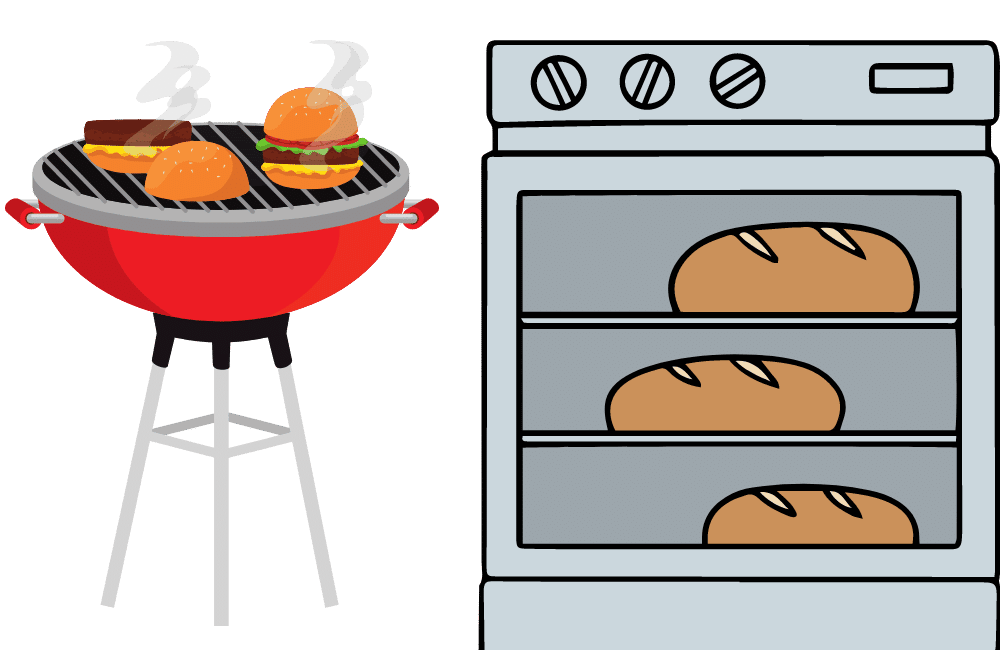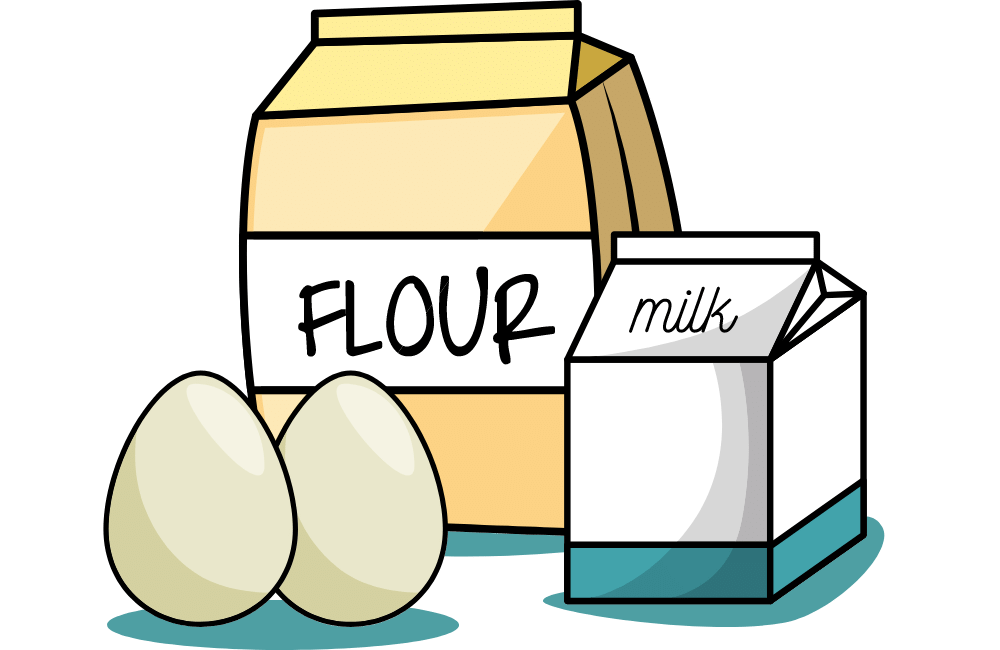Hey, there, fellow bread lover! If you’re anything like me, the thought of fresh, warm bread straight out of the oven is enough to make your mouth water. And while many people are familiar with using a bread machine to make their bread, not everyone knows how to do it without one. But don’t worry! I have an exciting guide for you that will take your bread-baking experience to the next level by teaching you how to bake delicious bread without a bread machine. So, let’s roll up our sleeves, gather some ingredients, and get ready to knead our way to some delicious bread.

How to bake bread without a bread machine
Bread baking is a wonderful and satisfying activity that is enjoyed by many people around the world. Nothing beats the aroma of freshly baked bread in your home. However, many people are intimidated by the thought of baking bread without a bread machine. But you don’t need a bread machine to bake delicious bread. Baking bread without a machine can be a fun and rewarding experience.
Step 01: Ingredients
The first step to baking bread without a bread machine is to gather the right ingredients. You will need the following:

- Flour: Bread flour is the best option, but all-purpose flour can also be used. You can also experiment with different types of flour like whole wheat, rye, or spelt.
- Yeast: You can use either active dry yeast or instant yeast. If you are using active dry yeast, you must activate it in warm water before using it.
- Salt: Salt is an important ingredient that adds flavor and helps to regulate the fermentation process.
- Sugar or honey: A small amount of sugar or honey helps to activate the yeast and adds a subtle sweetness to the bread.
- Water: Water is essential to activate the yeast and to hydrate the flour.
If your eggs are undercooked usually you should read this guide Tips on How to Fix Undercooked Hard-Boiled Eggs Like a Pro!
Step 02: Mixing and Kneading
Once you have gathered your ingredients, it’s time to mix and knead the dough.

- Combine the dry ingredients (flour, yeast, salt, sugar, or honey) in a large bowl.
- Slowly add the water, stirring until the dough comes together.
- Turn the dough out onto a floured surface and knead for 10-15 minutes until the dough is smooth and elastic.
Step 03: Rising
After kneading, the dough needs to rise.
- Place the dough in a clean, lightly oiled bowl and cover it with a damp cloth or plastic wrap.
- Let the dough rise in a warm, draft-free place for 1-2 hours until it has doubled in size.
Step 04: Shaping and Second Rise
After the dough has risen, it’s time to shape it.
- Punch down the dough to release any air pockets.
- Shape the dough into the desired shape (loaf, boule, baguette, etc.) and place it on a baking sheet or in a greased loaf pan.
- Cover the dough with a damp cloth or plastic wrap and let it rise again for 30-60 minutes.
Step 05: Baking
Finally, it’s time to bake the bread.
- Preheat your oven to 425°F.
- If desired, slash the top of the bread with a sharp knife to allow for expansion during baking.
- Bake the bread for 20-30 minutes until it is golden brown and sounds hollow when tapped on the bottom.
- Let the bread cool on a wire rack before slicing and serving.
Happy baking!
Baking bread without a bread machine may seem daunting at first, but with a little practice and patience, you can easily master the art of bread making. Remember to use quality ingredients, take your time, and enjoy the process. Whether you’re baking a simple white loaf or experimenting with different types of flour and add-ins, there’s nothing quite like the satisfaction of baking your own bread from scratch. Happy baking!

